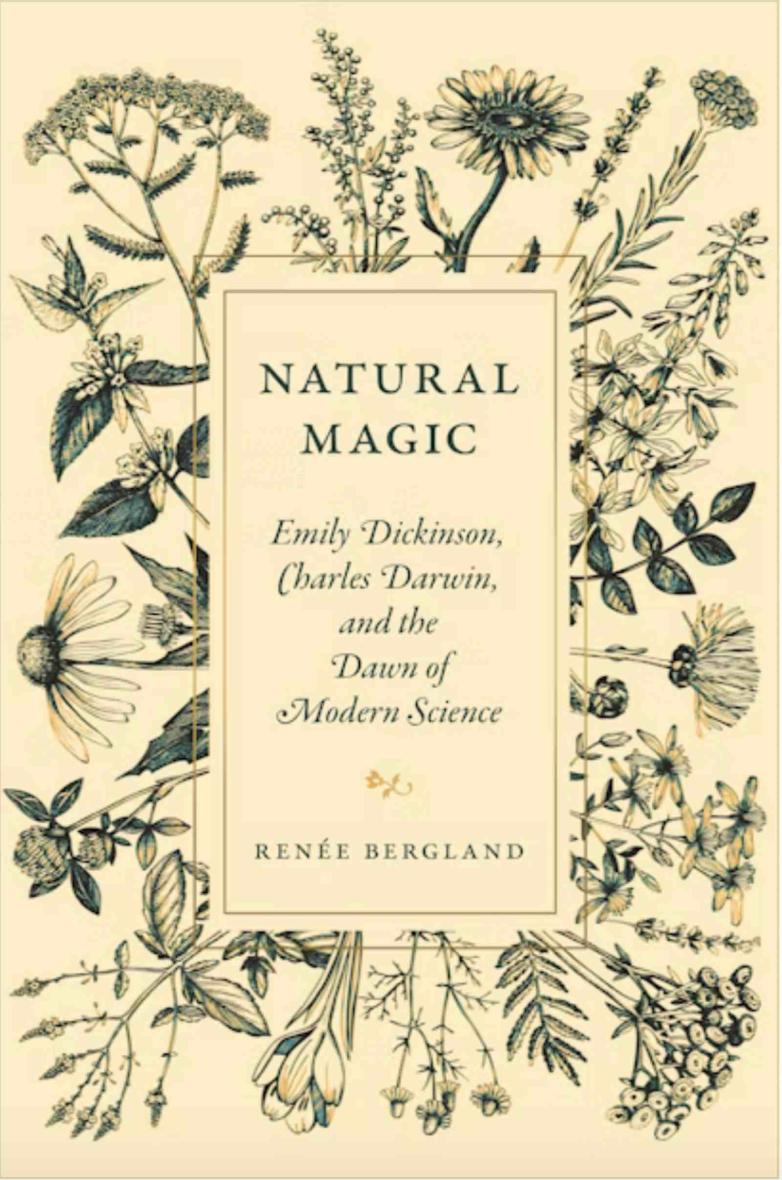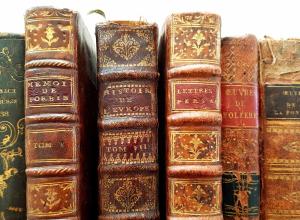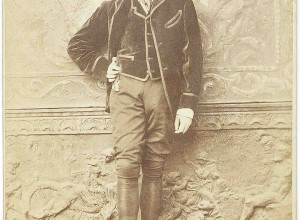Dickinson and Darwin, Why We Read, and Drink Maps: May Books Roundup

Natural Magic: Emily Dickinson, Charles Darwin, and the Dawn of Modern Science by Renée Bergland
Our regular look at new books that have recently caught the eye of our print and online editors this month.
Natural Magic: Emily Dickinson, Charles Darwin, and the Dawn of Modern Science by Renée Bergland
A double portrait of the poet and the scientist and their views of nature at a time when ideas about science and nature were evolving, showing how they refused to accept the separation of art and science. Published by Princeton University Press.
Magnificent Intentions: John Wood, First Federal Photographer 1856 - 1863 by Adrienne Lundgren
Wood, the country’s first federal photographer, has largely been forgotten by history but Lundgren's book sheds light on his life and career with 160 photographs that reveal the construction of public buildings in D.C. including the U.S. Capitol and the Washington Aqueduct, the first panoramic photos of D.C., the first inauguration photo, from James Buchanan’s inauguration in 1857, documentation of the Civil War, and the only surviving photo of Abraham Lincoln’s first inauguration in 1861. Published by Smithsonian Books in association with the Library of Congress.
Why We Read: On Bookworms, Libraries, and Just One More Page Before Lights Out by Shannon Reed
New Yorker contributor Reed makes a case for pleasure being the fundamental reason for reading, using examples from novels such as Gone Girl, Their Eyes Were Watching God, and Tess of the d’Urbervilles. From Hanover Square Press
Lost Writings: Two Novels by Mina Loy, edited by Karla Kelsey
Two never-before-published novels by Mina Loy (1882–1966), modernist poet, artist, feminist, and important figure of the European and American modernist avant-garde. Kelsey presents Loy's manuscripts of autobiographical prose, The Child and the Parent and Islands in the Air. From Yale University Press.
Drink Maps in Victorian Britain by Kris Butler
Butler, past president of the Boston Map Society and currently on the board of the Washington Map Society, analyses a type of late 19th century British map designed to shame people into drinking less alcohol in cities including Liverpool, Manchester, Sheffield, Oxford, London and Norwich. Illustrated with original maps, advertisements and temperance ephemera. Published by Bodleian Libraries.
How to Read Middle English Poetry by Daniel Sawyer
A useful handbook offering advice on understanding Middle English and early Scots poetry, with a focus on key critical terms, manuscripts, wording, phrasing, metre, alliteration, rhyme, and stanzas. From Oxford University Press
Writing on the Wall: Graffiti, Rebellion and the Making of Eighteenth-Century Britain by Madeleine Pelling
Published by Profile Books, Pelling's is a new cultural history of the long 18th century, told through the marks people of the time left behind, both the highest and the lowest in society, including political prisoners, sex workers, homesick sailors, and Romantic poets who left their mark on toilets, bricks, prisons, doors, and windows.
The Discarded by Colin Hamilton
A selection of short metafictions centred on the work of a solitary librarian in the discard room who puts together his own personal collection. From Unbound Edition Press
The Secret Lives of Booksellers & Librarians: True stories of the magic of reading by James Patterson
Published by Century, this is Patterson's love letter to the people he calls "heroes of literacy". Features an exclusive interview with Judy Blume.
Female Printmakers, Printsellers, and Print Publishers in the Eighteenth Century: The Imprint of Women, c. 1700–1830, edited by Cristina S. Martinez and Cynthia E. Roman
16 essays from Cambridge University Press looking at new research on the history of women's major contribution to the graphic arts, internationally and across social classes, as artists, entrepreneurs and negotiators of copyright law .















